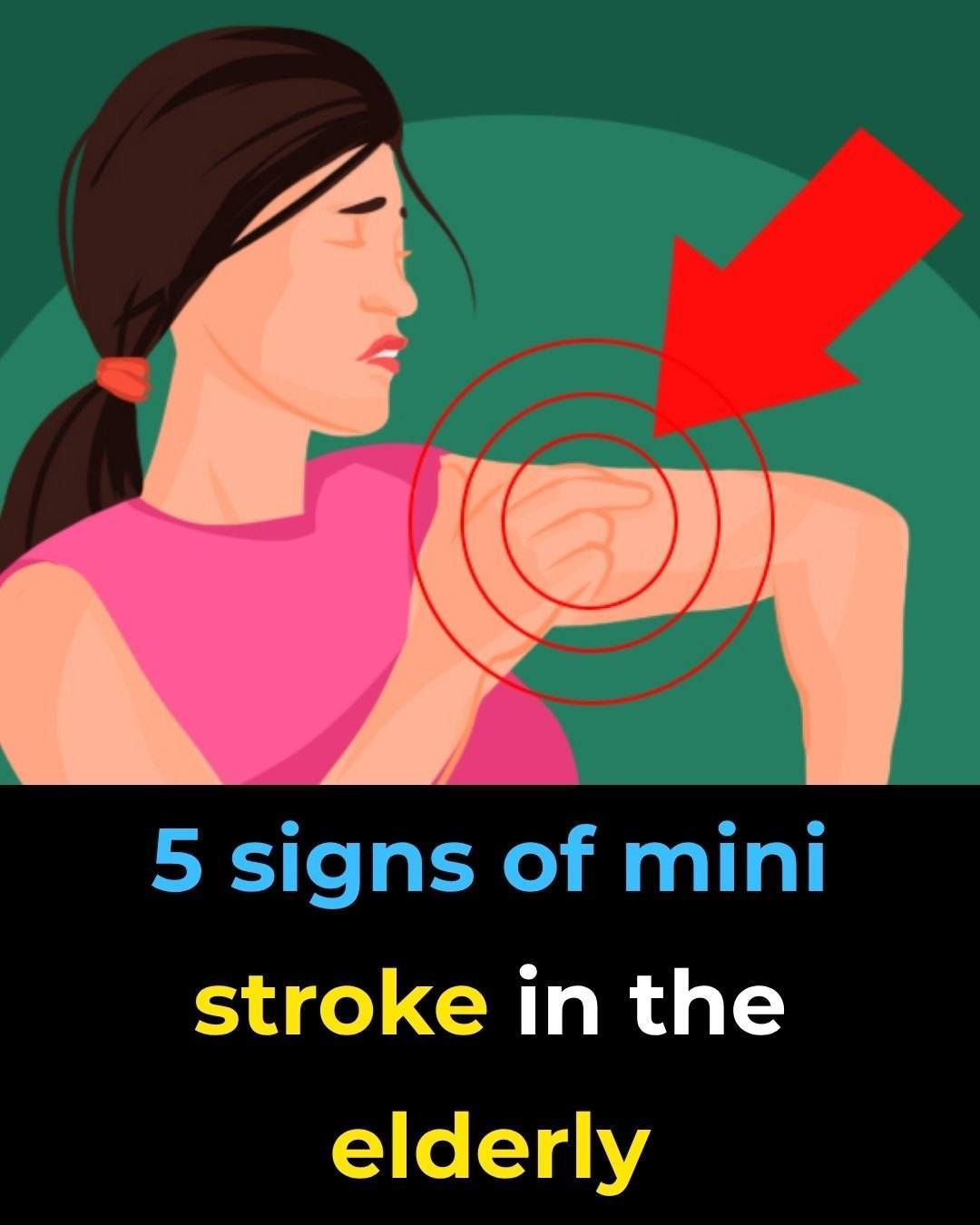If an elderly person suddenly has trouble speaking, uses garbled words, cannot repeat a simple phrase, or seems confused about what is being said, this is a serious signal. Moody Neurorehabilitation+2nhs.uk+2
Examples:
-
Asking someone to repeat what they just asked you and still not understanding.
-
Uttering words that don’t make sense or slurring words unexpectedly.
Why it matters:
These symptoms suggest involvement of the brain areas governing language or comprehension. Because TIAs often resolve quickly, the speech difficulty may be brushed off—but it should not be ignored.
3. Sudden Trouble Seeing, Walking or Loss of Balance
Older adults may experience dizziness or imbalance for many reasons—ear issues, medications, low blood pressure. But when the onset is sudden and accompanied by other neurological signs, it may indicate a TIA. According to the National Institute on Aging, sudden trouble with walking, coordination or vision should raise red flags. National Institute on Aging+1
What to watch for:
-
Blurred vision, double vision or loss of vision in one or both eyes.
-
Feeling unsteady, “off balance,” stumbling or difficulty walking a few steps.
-
Vertigo accompanied by other neurological signs.
Why it matters:
These signs reflect potential disturbance in the brain regions responsible for vision, coordination or balance. In elderly patients, attributing them to general frailty can delay diagnosis.
4. Sudden Severe Headache or Dizziness Without Known Cause
While headaches are common in older adults, a sudden, severe headache unlike previous ones—especially if coupled with other symptoms—could signal a TIA or impending stroke. The National Health Service (UK) lists sudden headache, dizziness, confusion, or trouble swallowing as possible signs. nhs.uk+1
Key indicators:
-
“Worst headache of my life” or a headache that strikes suddenly.
-
Dizziness or unsteadiness emerges out of the blue, particularly if the person is otherwise well.
Why it matters:
In elderly individuals, new headaches or dizziness may be misinterpreted. But when combined with neurological changes—even if fleeting—they should prompt immediate medical evaluation.
5. Brief Episodes of Confusion, Memory Loss or Visual Oddities
TIAs may cause more subtle symptoms than traditional stroke signs—and these may be missed or forgotten. Slight difficulty with memory, trouble concentrating, or odd visual changes (even for minutes) are worth noting. Some sources include mood changes, momentary cognitive lapses or incontinence as possible early signs. braindubai.com+1
Examples to watch for:
-
Suddenly not remembering the route you’ve walked for years.
-
Asking the same question repeatedly, or seeming unusually confused for a short time.
-
Vision changes that resolve within minutes.
Why it matters:
Though less dramatic, these symptoms indicate that blood flow to the brain has been disturbed—even if briefly—and signal elevated risk for a future serious stroke. Early recognition may allow for preventive measures.
What to Do Immediately
If you notice any of these signs—especially in tandem—you should act as if it’s a stroke.
-
Call emergency services immediately. Time is critical. Even if the symptoms resolve, the event is a medical emergency. The mnemonic FAST helps:
-
F=Face: Ask them to smile—does one side droop?
-
A=Arms: Can they raise both arms equally?
-
S=Speech: Is the speech slurred or strange?
-
T=Time: If any sign is present, call emergency services now. Senior Services of America+1
-
-
Stay calm; keep the person lying down with head slightly elevated.
-
Note the time when the symptoms began—this helps doctors decide on treatments.
-
Even if symptoms disappear, go to the hospital without delay. A TIA is a warning of a possible full stroke.
Prevention & Risk Factor Control
Older adults can reduce stroke risk by addressing modifiable factors:
-
Manage blood pressure and cholesterol. Hypertension is one of the strongest risk factors. Aged Care Decisions
-
Control diabetes and avoid smoking. These significantly add to stroke/TIA risk.
-
Stay physically active, eat a healthy diet rich in fruits, vegetables and whole grains.
-
Monitor heart health. Conditions like atrial fibrillation often trigger TIAs.
-
Medication adherence. If prescribed antiplatelets, anticoagulants or cholesterol‑lowering drugs, take them as directed.
Final Thoughts
Even though a mini‑stroke may resolve on its own, it should never be ignored—especially in older adults. The five signs above might seem minor or fleeting, but they can be the body’s way of saying “I’m at risk.” Recognizing these early signals, acting swiftly and managing underlying health conditions can save lives. When in doubt, always choose action over hesitation.

